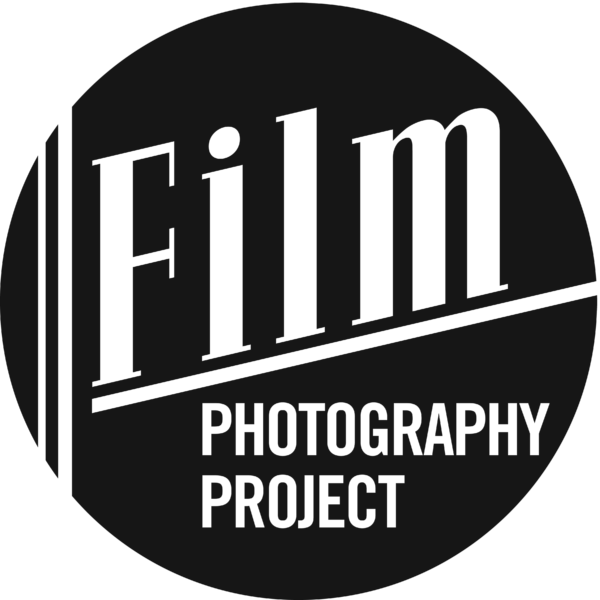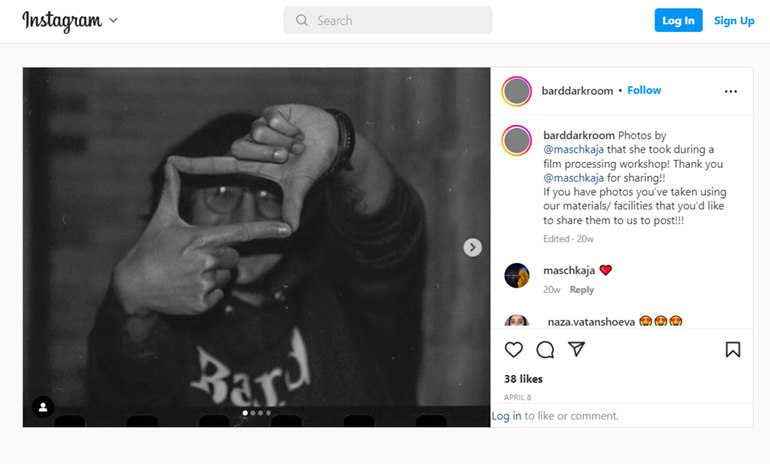
In July of 2019, a few Bard College students— as well as avid film photographers— Bridie Carey, Andy Garcia, Bella Garcia, Kira Hansen, Pierce Sapper, and Rainer Turim shared their vision to revive Bard’s Student-Run Darkroom (SRD) with the Film Photography Project (FPP). They were later joined by Julia Larberg and Matthew Zweigbaum. The student-led and operated darkroom was originally conceptualized by Bard alum Nicole Novak back in 1998, and then brought into existence by Bard alum Emily Steinfeld and Paolo Vidali in 2002, with the help of their Dean John Kelly.
The new group of underclassmen planned to introduce workshops and a public darkroom to the new space, fostering campus and community support for film photography while reducing the need for economic investment. The goal was to organize a darkroom independent of the school’s photography program. To help their dream come true, they needed cameras, enlarger lenses, grain focusers, easels, and assorted additional darkroom equipment donations.
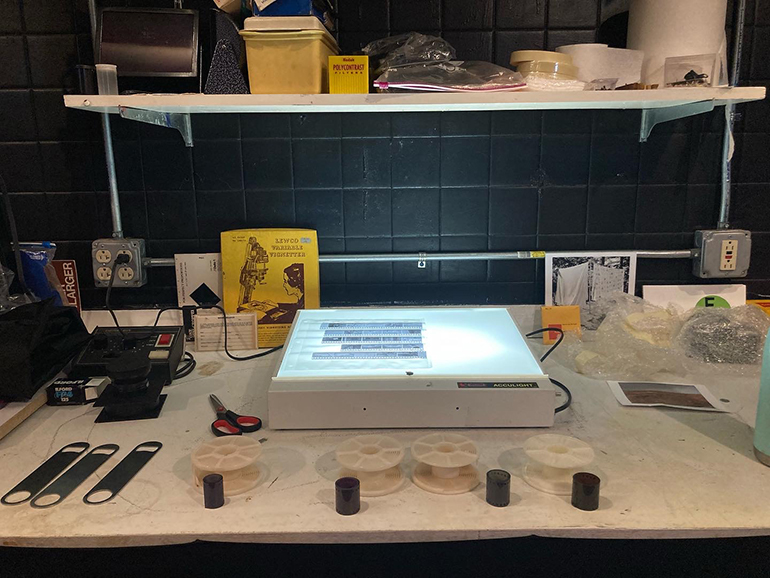
Over the coming months, the FPP was able to source, refurbish and test and supply film cameras and lenses for the project. Meanwhile, the students began confirming workshops and sourcing additional equipment. Just as the project was coming together, the Covid-19 pandemic struck…and by the end of March 2020, Bard’s campus had closed until further notice. The group turned to organizing online lectures with alumni, friends, and mentors. The SRD kept us updated as to the status of the program, while we all navigated our strange new world.
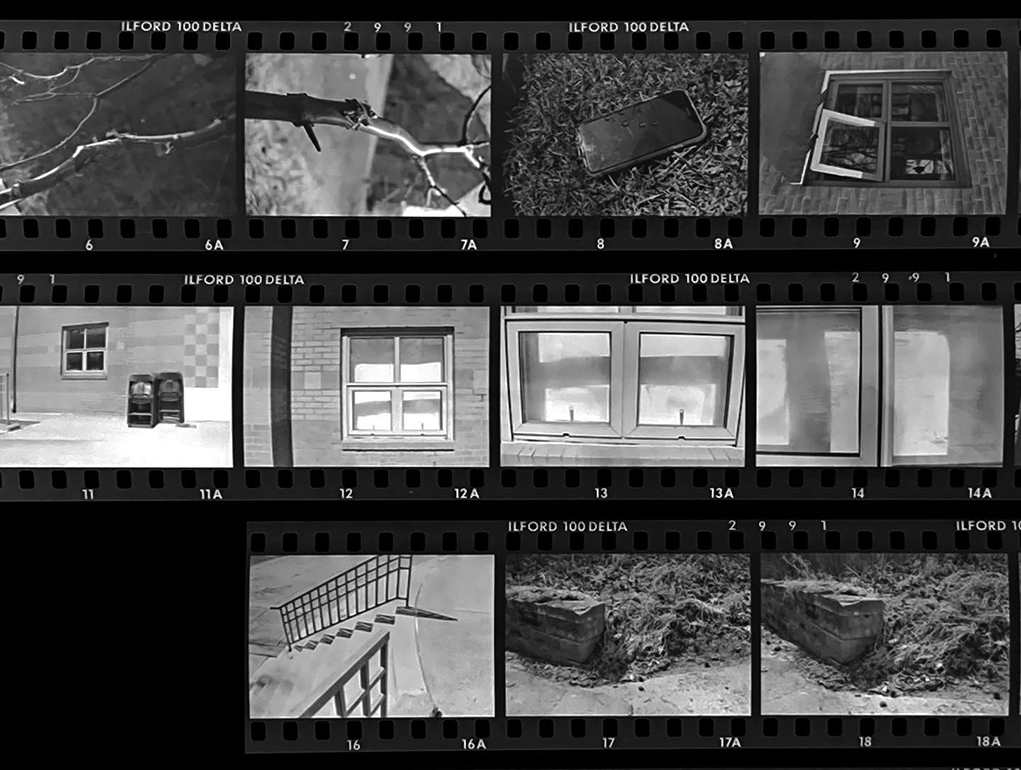
In April of 2022, the SRD reached out to introduce the FPP to the new club heads Kira and Julia Larberg, who brought us up-to-speed on the darkroom, their workshops, the new camera loaner program, as well as their upcoming plans.
Thank you, Kira and Julia and congratulations to Andy, Bella, Pierce, and Rainer on your graduations!
FPP: It’s so good to connect with you both! A community darkroom is a fantastic goal, and one which can be challenging to maintain.
We’d love to hear about the workshops that have sparked the most interest in your community, as well as what aspects of the darkroom and camera loaner programs (or other) your community has found the most rewarding.
K: The most rewarding is definitely our intro workshops. We teach people how to use the cameras you donated to us, we give them a roll of film, they go out and expose it, come back and we teach them how to process it. It’s so great to then be able to check out these cameras and have them come back to our open hours and keep discovering the possibilities of film. I love being able to share the joy of making pictures out of nothing, and seeing people change from being so scared of the process to trusting and believing in it. Being able to provide this medium, free of cost is so important. I still battle with the financial anxiety of film photography, and I think that anxiety can be so detrimental to the art making process, especially at the beginning of your journey. It’s so hard to be trying to make artistic discoveries and take risks when you’re also weighing the monetary “worthiness” of it all. That’s why it’s so wrong that film photography is so inaccessible, and why organizations like us are vital.
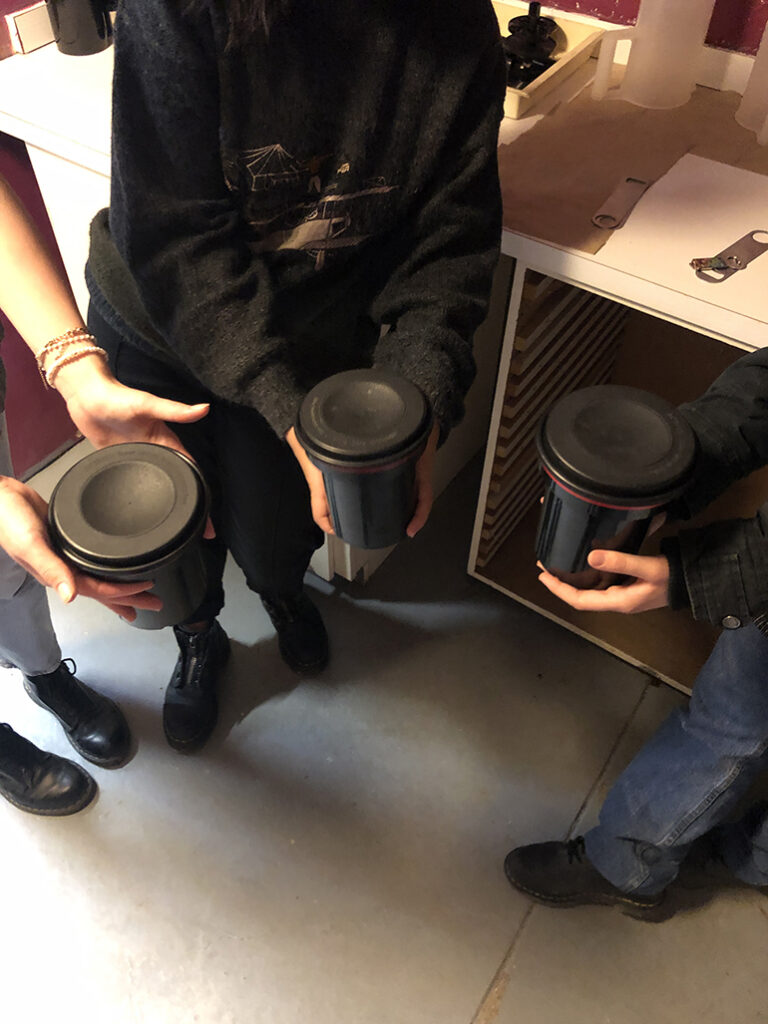
The other thing that has been so wonderful and surprising was our lecture series. We started it in March 2020, when our school community was spread out in quarantine. It began with recent graduates, hearing what they were up to, still making or not making anymore or making for the first time, how they were doing. We wanted to keep our community connected during that horrible moment. The next series was alumni photographers we really admired and wanted to hear about how they went from Bard undergrad to where they were now. The series after that were photographers from outside the Bard network, and then our most recent series was some new faculty we all really wanted to hear from. These lectures/talks are tonally very different from a campus sponsored lecture. We really let the artists decide what they want to talk about and show, and then we do a Q&A. This much freedom and informality has meant a lot of variety and a lot of honesty in the talks, which is something else we really care about fostering in our community. It’s so wonderful to see how generous and kind everyone is when they speak, and how welcoming our community can be. Forming these connections and hearing a variety of perspectives on art and career paths has been so enriching for us.
FPP: Were you able to source the other equipment you needed from donations? Which part of the club set-up was the most challenging?
J: Yes! Thanks to the work of the SRD team and the generosity of other photographers in the community, we were able to source 98% of our major equipment through donations. A wide variety of expired but well-kept black and white film donated to the SRD, an array of enlargers, easels, print washers, film tanks and accompanying 35mm and medium format reels, a bulk 35mm film loader, plenty of reusable 35mm canisters, negative sleeves for 35mm, medium format, and sheet films were all donated to the SRD to use for the darkroom.
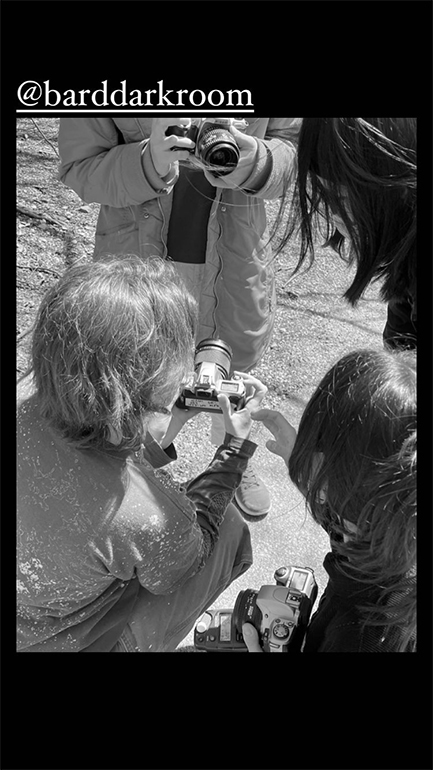
I think the most challenging part of the club set-up was working through logistics and organization. During set up, we had most of the equipment in various boxes and locations as we received them and coordinated access to the darkroom space while working to establish the artist lecture schedule. After all of the items were in the same space, we then had to clean everything and determine where they would go and what to prioritize for our first workshops. The SRD has endless gratitude to Karl Mattson, who helped us work through any issues that came up in terms of logistics or technical processes this semester. This process, one of organization and determination of what we still needed (i.e. lots of Sharpies, tape, film changing bags, etc.), was the most challenging but also the most gratifying.
FPP: How have you promoted the club inside the school and to the local community?
K: We really utilize our Instagram. The photo community is largely on instagram, so we’ve built a great network online of current students, graduates, and other community and school darkrooms. Posting and messaging on there is really great for promotion of the club, but also for any online events we do, like zoom lectures and artist talks. We’re also big fans of a good old fashioned poster put up all over campus.
FPP: Which workshops do you have planned for the coming year? And which programs would you like to add or expand upon?
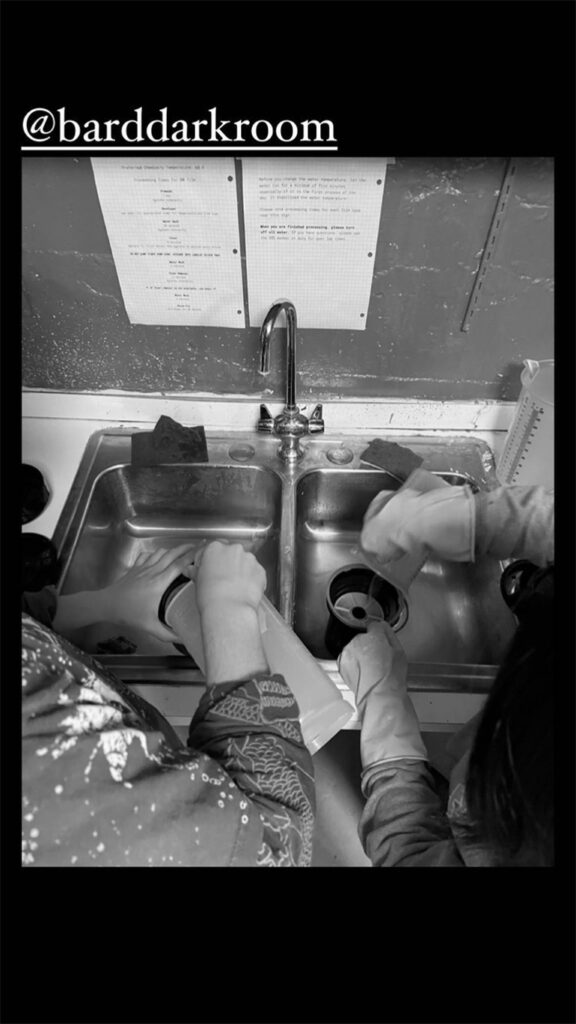
J: At this time, we’ve planned three black and white film processing workshops over the fall 2022 semester and will continue to hold weekly open lab times for participants to pick up a loaner camera with film or process their film from the previous week. We don’t require people to attend a processing workshop beforehand because scheduling can be difficult. The SRD doesn’t ever want people to feel they can’t use the darkroom because they don’t know how to process film so part of our plan for the coming semester is to work through how to best operate open lab times to be efficient and to be a space to connect and learn! The workshops and open lab times are new to us so part of our plan is to solidify the most efficient ways to operate and to have fun making mistakes and learning from them. Otherwise, would it really be a student-run darkroom? 🙂 Additionally, we’ll be picking back up our informal artist lecture series this semester. The official schedule is to be determined but will be released on our Instagram account when it’s finalized.
In terms of program expansion, we’d like to add a scanning workstation to our lab and to work with another campus organization to provide materials to beginning photography students for their coursework, rather than having materials be exclusive for SRD participants. Bard’s photography program heavily emphasizes analog photographic skills and sometimes that is financially inaccessible to students who rely on scholarships and grants to fund their education. Our hope in the next semester is to be a part of a solution to access necessary film and paper for these students.
FPP: Do you have any advice for our readers who may be interested in starting a Community Darkroom in their neighborhood?
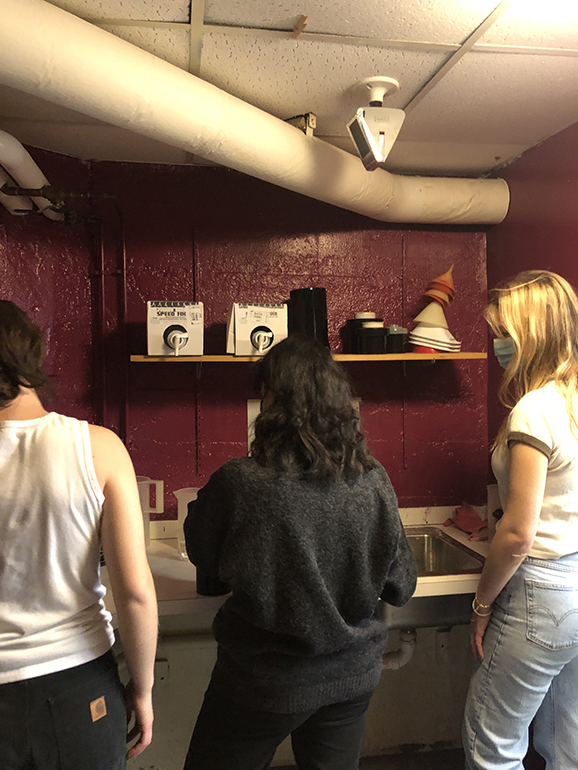
K: What really helped us was how we structured our leadership. While Julia and I are the club heads right now, in the past we had no official head of the club, then it was Rainer, then Rainer and myself, and now the two of us! And we always work with a handful of people to actually run the club, even if they’re not officially in charge, they have just as much decision making power as the club heads. Having this many people be involved in the running of the club, sharing the responsibility, and the errands, and all of it really helped to make the workload possible. Chances are, if you’re someone interested in building a Community Darkroom, you’re also someone who works, volunteers at other places, and has a lot of community oriented commitments. If you’re going to help, you’re going to need help. Building this network of care and shared responsibility helps an organization like this thrive not only from an administrative perspective, but also from an emotional one. It helps establish to your community that your darkroom is for them, and can be run by them the way that they want.
Thanks for your time! You can learn more about Bard’s Student Run Darkroom by following them on IG @BardDarkroom or emailing Kira at kira.lynn.hansen@gmail.com or Julia at julialarberg@gmail.com.
